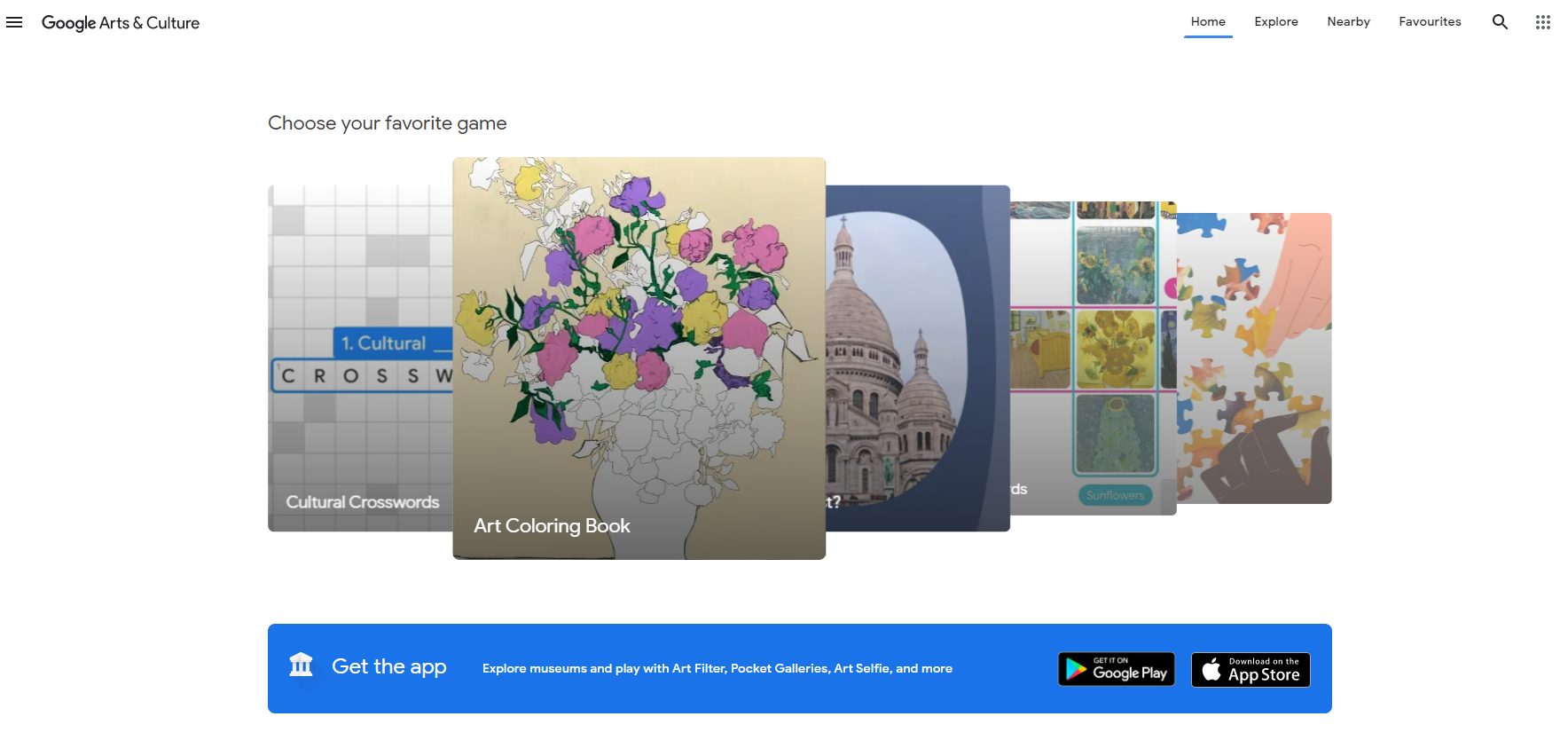While Google Expeditions is closing down in June 2021 – the actual ‘virtual touring’ and education material has been saved in its entirety, and will be made accessible to flat screens as well as for immersive hardware like Google Daydream and other VR devices. The new format for Google Expeditions is now called Google Arts & Culture.
This is great news for global classrooms where always achieving an inventory of the latest and most relevant virtual reality hardware can be supremely challenging, fiscally and technically. The returns on VR + AR equipment can’t always be proven either, particularly as the current pace of hardware change, its energy efficiency as its contributed to school bills, and the equipment’s durability and relevance tends to outstrip most public and state education budgets.
Google Arts & Culture makes even better use of that unspoken new world trend of the “Chromebook Classroom” that has grown exponentially over the last 5 years, taking over from where Microsoft used to be king.
Google VR + AR appear to have the goal of transforming Expeditions content into an Arts & Culture site is to provide educators an easier way to share and use immersive content to enrich the learning experience for their students – both in physical classrooms and in remote classrooms.
It’s no secret that educators the world over simply love Google Expeditions. Aside from taking the paperwork and general anxiety of a field trip, it enables teachers to explore places and locations that are thousands of miles away utilising virtual reality in an easy, non-tech and non-faffing way.
One of the most significant uses of Google Expeditions was the opportunity to ignite conversations and empathetic experiences about cultures in other countries, by engaging directly with honest visual and interactive content in an experiential way.
With Google Arts & Culture combining virtual reality (VR) and AR content, the very idea of immersive media is becoming seamlessly integrated into the interactive classroom. It goes beyond being a novelty to represent “digital transformation” but elevates VR and AR into much more normal teaching media – which is exactly what extended reality, as both a movement and a technology, should be aiming for in order to foster faster and fearless adoption.
Discover the whole Google Arts & Culture online library here.
Please note, most lessons and interactive virtual tours content will require a strong broadband connection in order for the webpages to load sufficiently.

